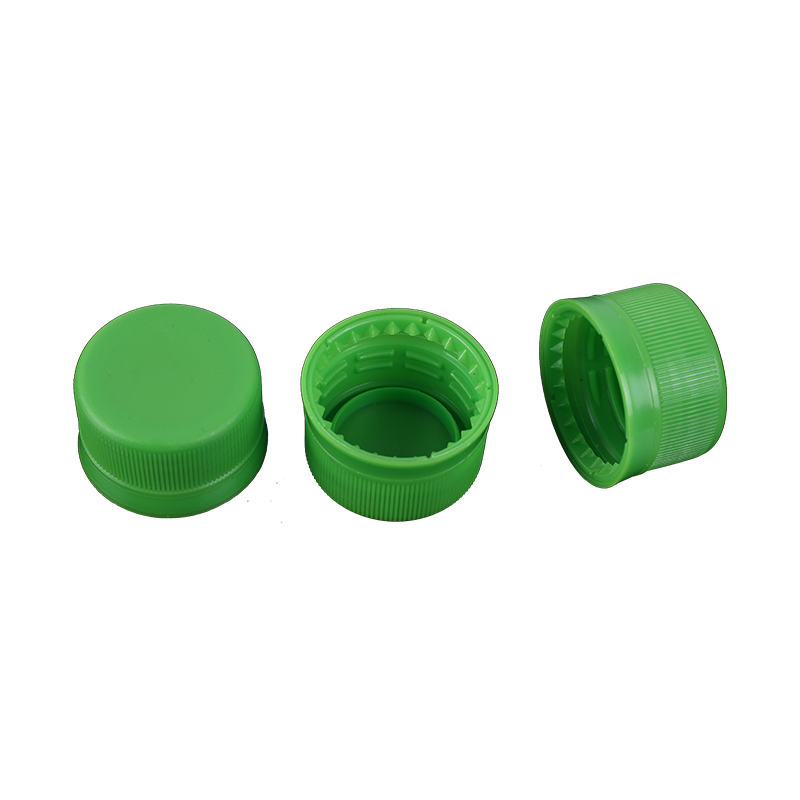Plastic barrels are a kind of hollow blow-molded containers (also called plastic cans in the industry, hereinafter collectively referred to as plastic barrels), which are processed by hollow molding methods. There are open plastic barrels and closed barrels. Open plastic barrels are mainly used for solid chemicals, food, medicine, etc.; closed plastic tanks are mainly used for liquid substances. It has the characteristics of light weight, not fragile, corrosion resistant, and recyclable. Its larger volume is 200L, and the larger weight of cargo is 200kg.
1. Production process
The following issues must be paid attention to in the design and production of plastic containers: inflation, extension, vertical load strength, container rigidity, supporting surface, cap screw, shape and outer surface and molding, temperature, pressure, etc., to ensure The mechanical properties, formability, mold structure and processing rationality of plastic containers, and container use conditions. The technological process is: mixing → screw extruding → clamping → blow molding → mold opening → cooling → trimming → inspection.

2. Appearance:
The wall thickness ratio of the symmetrical part of the barrel is not more than 2:1, no blisters, no bad plasticization, smooth and clean outer wall and mouth, no more than 2 bubbles with a diameter of not more than 2mm, black spots and impurities not more than 4mm in length, and the mouth of the barrel The parts overlap closely, and the interchangeability is good.
3. Performance inspection:
Open plastic containers must be subjected to vertical impact drop test, stacking test, and sealing test. Closed plastic containers are subject to vertical impact drop test, stacking test, air tightness test, hydraulic test, and plastic containers with integral handles are also subject to suspension test.
4. Vertical impact drop test:
The sample is carried out at -18°C. Falling height: If the density of the intended product is not greater than 1.2, if water is used as a substitute, it is 0.8m; if the density of the intended product is greater than 1.2, the drop height is 0.67m×density. Refer to SN/T0271 "Inspection Regulations for Transport Packaging Plastic Containers of Export Commodities" for the dropped parts.